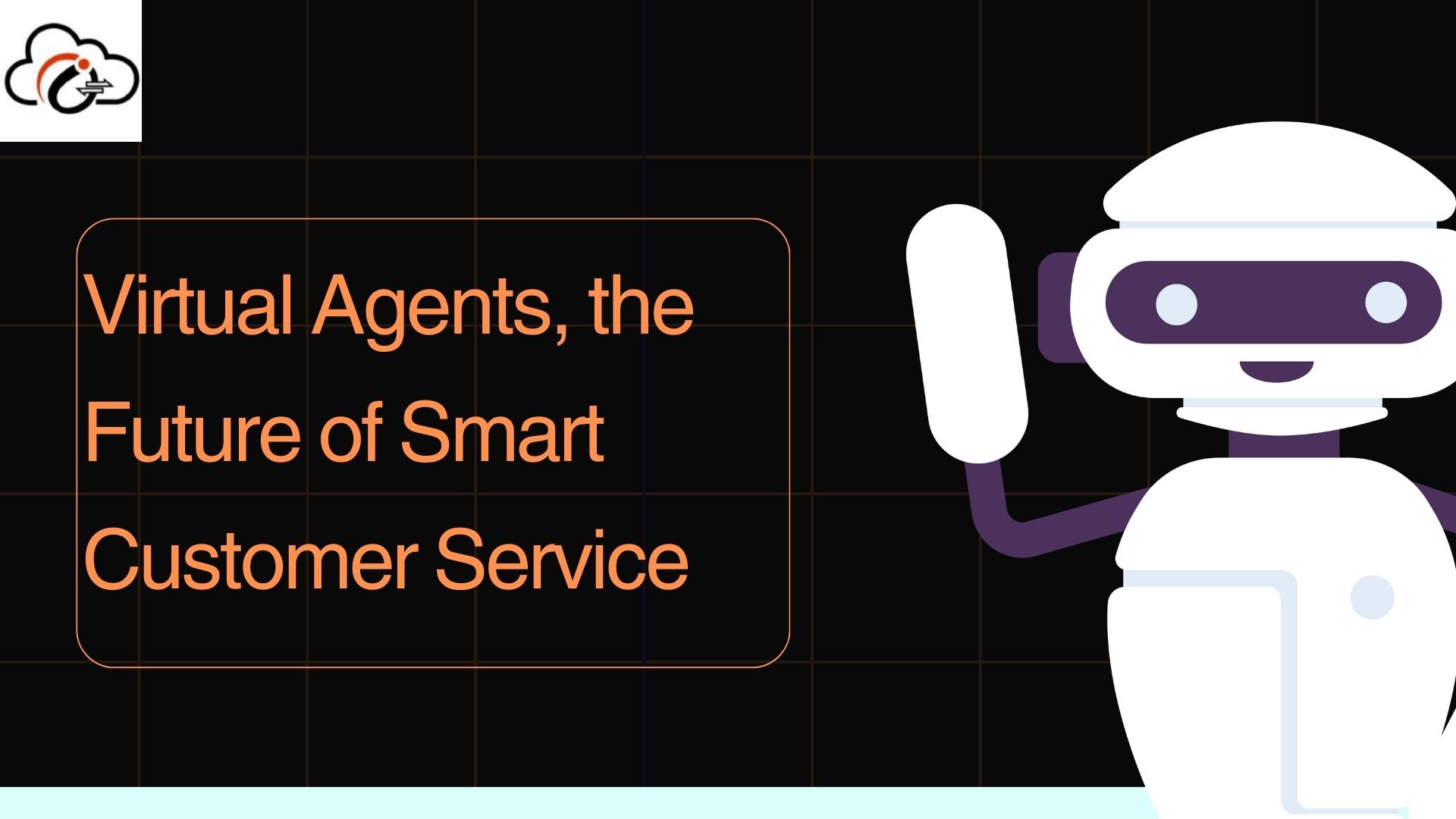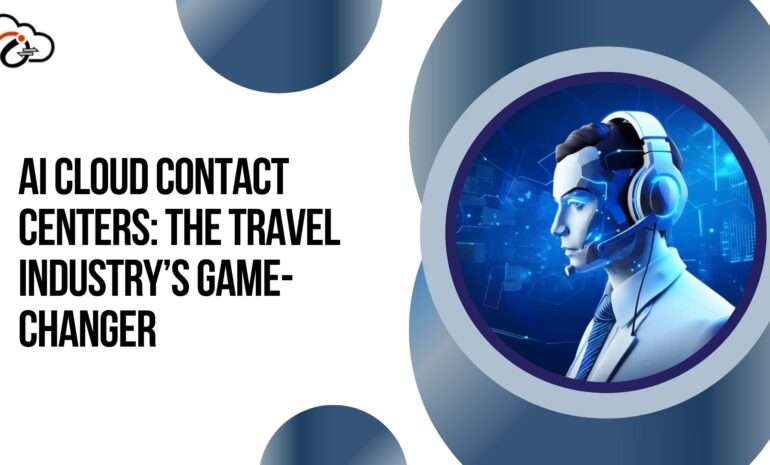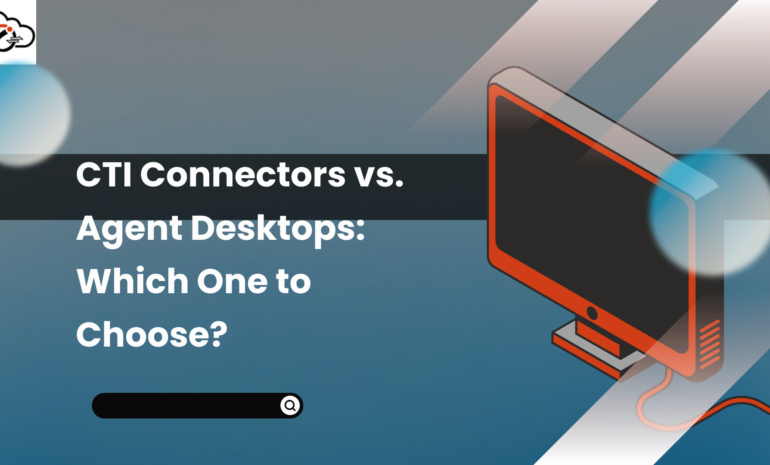“Hello, you’ve reached our support line. Please wait while we transfer you to the next available agent…” Sound familiar? For decades, this generic message represented the peak of customer service automation. Fast forward to 2025, and contact centers have come a long way. Today, virtual agents, powered by AI, are revolutionizing how businesses engage with customers.
Here’s a jaw-dropping stat: according to Gartner, by 2026, 75% of customer interactions will be handled by AI-driven technologies, up from just 25% in 2018. That’s not a subtle shift—it’s a full-blown transformation. Businesses everywhere are embracing VA to improve customer service, cut costs, and stay ahead in the competitive landscape. Let’s dive deeper into why VA are more than just a trend—they’re the future of contact centers.
Why Virtual Agents Are Taking Over
Running a contact center is no small feat. There are high expectations, soaring costs, and endless challenges in delivering fast, personalized service. Enter virtual agents—a tech-driven solution that ticks all the right boxes.
- Cost Savings: Virtual agents work 24/7 without breaks, saving businesses up to 30% on operational costs. They handle repetitive queries efficiently, letting human agents focus on complex tasks.
- Faster Resolutions: Long hold times are the top frustration for 32% of customers. Virtual agents slash wait times, solving problems in seconds.
- Better Customer Satisfaction: With advanced AI, VA can offer quick and accurate answers, creating a seamless customer experience (CX).
In 2025, relying solely on human agents won’t cut it anymore. Customers expect instant, round-the-clock support, and virtual agents deliver that effortlessly.
What Makes Virtual Agents the Future?
Virtual agents have evolved far beyond simple chatbots. Thanks to breakthroughs in AI, they’re now capable of much more.
1. Generative AI Integration
Gone are the days of robotic, pre-scripted replies. Generative AI has given virtual agents the ability to craft unique, context-aware responses. They understand nuanced queries, adapt to customer needs, and hold conversations that feel human.
By 2025, this technology will become standard in contact centers. Virtual agents will seamlessly assist customers across platforms, from email to social media, creating consistent and satisfying interactions.
2. Omnichannel Engagement
Customers want flexibility. One day, they may start a conversation on WhatsApp, and the next, they might follow up via email. Virtual agents meet this demand by offering consistent service across all channels. Even better, they remember previous interactions, so customers don’t have to repeat themselves.
Omnichannel virtual agents don’t just simplify customer service—they make it frustration-free. That’s why businesses adopting this technology report 15% higher customer retention rates.
3. Emotionally Intelligent Agents
AI is getting smarter—not just intellectually but emotionally. New advancements in sentiment analysis allow virtual agents to detect customer emotions in real-time. For example, if a customer sounds frustrated, the agent can respond empathetically, calming the situation before it escalates.
This emotional intelligence is a game-changer. By addressing customers’ feelings, businesses can boost satisfaction rates and build loyalty.
4. Autonomous Agents
Autonomous AI takes things up a notch. These agents can independently solve complex issues without human involvement. They’re powered by advanced algorithms and can process large amounts of data in seconds. When they hit a roadblock, they pass the case to a human agent—along with all the context—ensuring no time is wasted.
5. Hyper-Personalization
In 2025, personalization is not just a nice-to-have; it’s a necessity. Virtual agents now leverage vast customer data—like past purchases, preferences, and browsing behavior—to tailor every interaction.
For instance, a virtual agent assisting a customer with a travel booking can recommend destinations based on past trips and even offer exclusive discounts. This personalized touch makes customers feel valued and drives sales.
Overcoming Challenges for Virtual Agents
While VA bring immense potential, they aren’t without hurdles. Here are the key challenges businesses face when deploying them:
- Data Privacy Concerns: Virtual agents rely on sensitive customer data, making security a top priority. Companies must adhere to strict regulations like GDPR to protect customer information.
- Training AI Models: Teaching VA to interpret complex queries and emotions takes time, expertise, and resources. Businesses need to invest in ongoing training to improve accuracy.
- Integration with Legacy Systems: Many contact centers operate on outdated technology. Integrating virtual agents with these systems can be tricky but is essential for smooth operations.
Addressing these challenges early ensures that businesses can unlock the full potential of virtual agents.
Virtual Agent Trends to Watch in 2025
The next year promises exciting innovations in the world of virtual agents. Here are the top trends:
- Voice-First Interactions: With the rise of smart speakers and voice assistants, virtual agents will become more adept at handling voice-based queries. This shift will make customer interactions even more intuitive.
- Proactive Support: VA will move from reactive to proactive. For instance, they might notify customers about a potential issue before they even notice it, like a delayed flight or an account security risk.
- Workforce Augmentation: Rather than replacing human agents, VA will act as their sidekicks, handling background tasks and providing real-time suggestions during calls.
Why You Should Act Now
The benefits of virtual agents are clear, and the technology is only getting better. By 2025, businesses that don’t adopt VA risk falling behind competitors who offer faster, smarter, and more personalized customer service.
Take Omni Virtual Agent (OVA) as an example. It combines real-time sentiment analysis, natural language processing, and seamless handoffs to deliver unmatched CX. Whether it’s scaling during peak times or personalizing interactions, Omni virtual agent is at the forefront of virtual agent innovation.
The Future Is Now
VA aren’t just a passing trend—they’re a revolution. In 2025, they’ll redefine how contact centers operate, making customer service faster, smarter, and more personalized. Businesses that invest in VA today will be better equipped to meet customer expectations and stay competitive tomorrow.
Ready to take your contact center to the next level? Omninteract can help. We specialize in deploying intelligent virtual agents tailored to your business needs. Contact us today to learn how we can transform your customer service operations.



